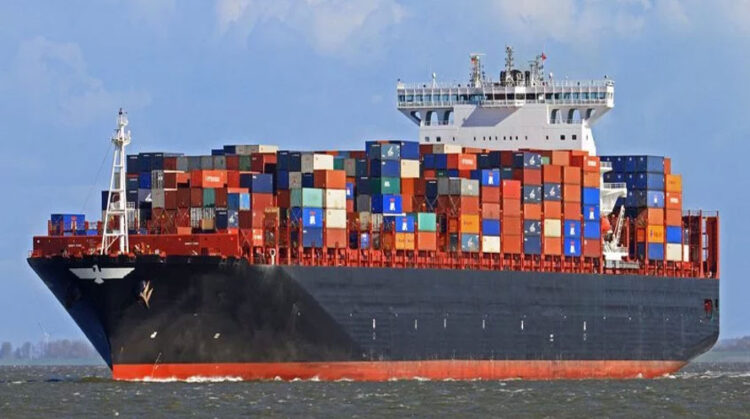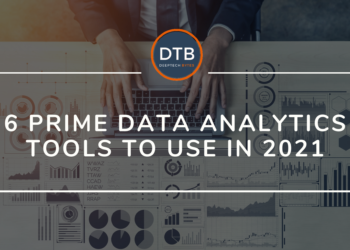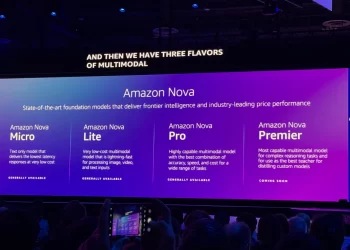Introduction
In the rapidly evolving realm of cloud computing, Kubernetes stands out as a robust orchestration platform, providing unparalleled scalability and flexibility for containerized applications. However, the dynamic nature of Kubernetes environments often poses challenges to effective cost management.
This guide aims to demystify the process of optimizing costs within Kubernetes, offering practical insights and real-world examples for organizations seeking efficiency and financial prudence.
Navigating the Cost Landscape
As organizations embrace Kubernetes for its transformative capabilities, navigating the associated cost landscape becomes imperative. The following sections delve into key strategies and practices to optimize costs in Kubernetes environments, ensuring that the benefits of scalability and flexibility align harmoniously with financial sustainability:
Right-Sizing Resources
Efficient resource allocation is pivotal for Kubernetes cost optimization. Begin by meticulously scrutinizing your application’s resource requirements and adjusting CPU and memory allocations accordingly.
For instance, consider a scenario where a microservices-based application experiences varying workloads throughout the day. By right-sizing containers based on historical usage patterns, you can prevent over-provisioning during low-traffic periods, ensuring that resources are utilized optimally without unnecessary costs.
Auto Scaling Strategies
The implementation of auto scaling strategies is a game-changer in adapting to fluctuating workloads. Incorporating horizontal pod autoscaling allows Kubernetes to dynamically adjust the number of running instances based on demand.
For example, an e-commerce platform may experience a surge in traffic during promotional events. By leveraging autoscaling, Kubernetes can seamlessly adjust resources to accommodate increased user activity, minimizing idle time and associated expenses.
Leveraging Spot Instances
Consider integrating spot instances for non-critical workloads to achieve substantial cost reductions. Spot instances, available at a lower cost, can significantly decrease expenses for applications tolerant to intermittent interruptions.
For instance, a batch processing job that can be interrupted and resumed without significant impact on overall performance is an ideal candidate for spot instances. Kubernetes facilitates the seamless integration of spot instances, enhancing cost-efficiency without compromising critical application functions.
Efficient Image Management
Optimizing container images is crucial for reducing storage costs and enhancing deployment speed. Regularly audit and prune unused or outdated images to eliminate unnecessary storage consumption.
For example, a continuous integration/continuous deployment (CI/CD) pipeline can benefit from optimizing Docker images by using multi-stage builds. This not only reduces the overall image size but also accelerates the container startup time, resulting in reduced resource usage and enhanced cost efficiency.
Resource Quotas and Limits
Implement resource quotas and limits judiciously to prevent runaway resource consumption. By setting quotas, you can restrict the amount of resources allocated to namespaces, preventing one misbehaving application from monopolizing resources and driving up costs.
Consider the case of a development namespace where resource limits are crucial to ensuring that individual developers’ activities do not inadvertently strain shared resources, maintaining a balance between resource availability and cost management.
Cost Monitoring and Analysis
Establish robust monitoring and analytics practices to gain insights into resource utilization patterns. Tools like Prometheus and Grafana can help track performance metrics, enabling proactive identification of inefficiencies and facilitating informed decision-making for further cost optimizations.
For instance, by closely monitoring resource usage during peak hours, organizations can identify opportunities for optimization. These opportunities may include adjusting auto-scaling thresholds or exploring more cost-effective instance types.
Optimal Cluster Design
Carefully design your Kubernetes cluster to align with your application’s requirements. Consider factors like node capacity, availability zones, and regional placement. A well-architected cluster ensures efficient resource utilization, reducing the risk of over-provisioning and unnecessary expenses.
For example, a geo-distributed application may benefit from strategically placing nodes in different regions, optimizing latency, and ensuring cost-efficient access to resources based on regional pricing variations.
Persistent Storage Optimization
Optimize the usage of persistent storage to avoid unnecessary costs. Evaluate whether your application requires high-performance storage or if more cost-effective alternatives can be employed. Implement lifecycle policies to manage data retention, archiving, and deletion efficiently.
In the context of a data-intensive application, optimizing persistent storage involves categorizing data based on access frequency and implementing tiered storage solutions. Frequently accessed data can reside in high-performance storage, while less frequently accessed data can be moved to more cost-effective storage solutions, optimizing costs without compromising data availability.
Cost-Aware Application Architecture
Align your application architecture with cost-aware principles. Design applications to leverage on-demand resources efficiently and consider serverless or function-as-a-service (FaaS) options for specific use cases.
For instance, a background processing task that doesn’t require a dedicated server could be implemented using serverless functions, reducing infrastructure costs by executing only when needed. Integrating cost-awareness into your application architecture enhances flexibility and cost efficiency in a Kubernetes environment.
Conclusion
Effectively managing costs in Kubernetes environments is a continuous process that demands a proactive approach. By implementing the strategies outlined in this guide and considering real-world examples and use cases, organizations can strike a balance between performance and cost efficiency, ensuring that their Kubernetes deployments are not only powerful but also financially sustainable.













